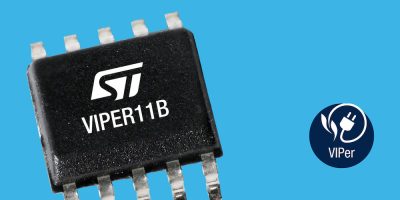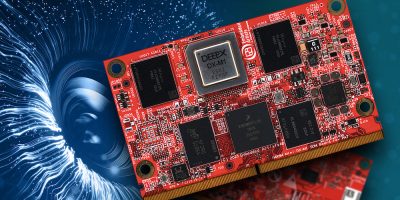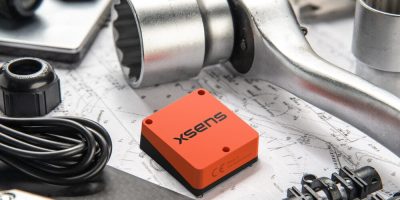ROHM has released of a 100V power MOSFET, RY7P250BM, optimised for hot-swap circuits in 48V power systems used in AI servers and industrial power supplies requiring battery protection to the market.
As AI technology rapidly advances, data centres are facing unprecedented processing demands and server power consumption continues to increase annually. In particular, the growing use of generative AI and high-performance GPUs has created a need to simultaneously improve power efficiency while supporting higher currents. To address these challenges, the industry is shifting from 12V systems to more efficient 48V power architectures. Furthermore, in hot-swap circuits used to safely replace modules while servers remain powered on, MOSFETs are required that offer both wide SOA (Safe Operating Area) and low ON-resistance to protect against inrush current and overloads.
The RY7P250BM delivers these critical characteristics in a compact 8080-size package, helping to reduce power loss and cooling requirements in data centres while improving overall server reliability and energy efficiency. As the demand for 8080-size MOSFETs grows, this new product provides a drop-in replacement for existing designs. Notably, the RY7P250BM achieves wide SOA (VDS=48V, Pw=1ms/10ms) ideal for hot-swap operation. Power loss and heat generation are also minimised with an industry-leading low ON-resistance of 1.86mΩ (VGS=10V, ID=50A, Tj=25°C), approximately 18% lower than the typical 2.28mΩ of existing wide SOA 100V MOSFETs in the same size.
Wide SOA tolerance is essential in hot-swap circuits, especially those in AI servers that experience large inrush currents. The RY7P250BM meets this demand, achieving 16A at 10ms and 50A at 1ms, enabling support for high-load conditions conventional MOSFETs struggle to handle.






